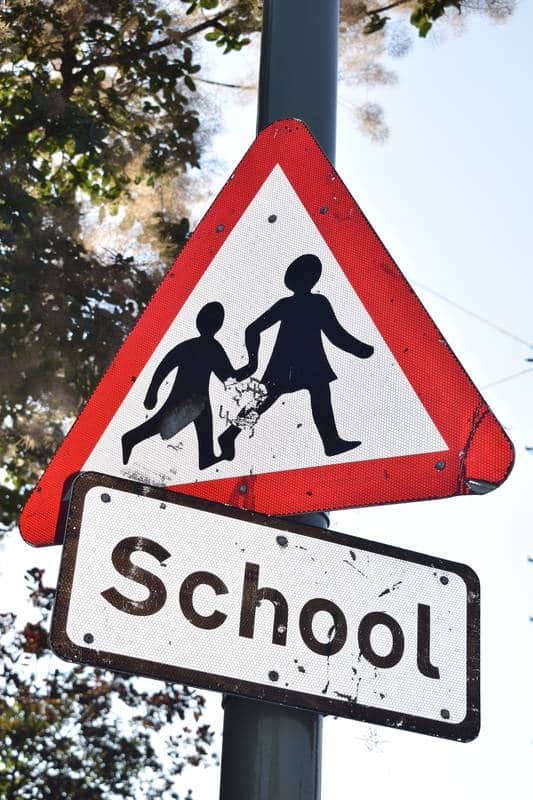School Subjects
Board & Administration
Teaching & Learning
Let’s Work on This Together: Focused Improvement with Student Self-Assessments
★★★★
Meghan Brubaker February 7, 2019As a teacher or parent, you are concerned with your children’s manners and conduct. How would the conversations about behavior change if the children were actively involved in reflecting on their own habits? Meghan shares the power of the self-evaluation tool she recently began to use, and offers guidance in applying it in your classroom or home.
I got a new idea for classroom management this year from an ACSI Convention. The speaker just briefly mentioned getting your students to do a self-evaluation on how they’re doing in different areas regarding classroom management. I have been trying that.
I wrote a list of statements and I tried to—I framed them all positively. I stated it the way they should be doing it. For example, a big problem in our school is just keeping our students quiet in the halls. The statement I wrote was, “I am quiet in the halls.” Just simply stating what the rule is. Then I gave them three options: Almost always, Sometimes, and Almost Never. And they had to circle where they think they’re at.
I did that, I had about 12 different areas—this is all very experimental at this point—but just different areas that I want them to be thinking about and working on. Some of them have to do with relationships with each other, too. My class this year has had some struggles there. So, things like, “I don’t talk about others behind their back,” or, “I willingly go ‘it’ when I am caught in games,” or just different things like that.
Then what they do is they self-evaluate, how are they doing? Then they pick one or two that they want to work on this month. They write a little plan, how are they going to think about this and what are they going to do to take steps to improve in this area? Then we go through the month. At the end of the month then, they do another little—I made a little self-evaluation sheet again to reflect on the month. How has it gone? What have they learned about themselves or learned about other people? What went well? What didn’t go well? It’s just been really interesting to see at a Grade Six level how much they can actually—they’re pretty accurate, most of them, in their self assessments, and they know where their weak points are.
I’ve found you need to be careful with it because some of the sensitive ones are going to feel like, “I’m just not good enough. I’m never going to get better.” You really need to be careful how you talk about it. I’ve been learning that I need to remind them that growth and change is about a direction. It’s not something you are going to be able to change overnight or in a month. It’s about working on it, and a big part of working on it is just simply acknowledging that this is something that I’m weak in and I need to work on.
The other thing about using it for younger children is that I think you would want it to be more about black-and-white things, like the no talking in the hall or no whispering in the classroom or whatever your procedures are, and less about relational things that are a little more of a gray area. Because I’m finding even with Grade Six, some of them, well, they’re still learning how to relate well. So they don’t always know how to do better in some of the things. But that’s what’s helped me to have these really good conversations with them too about it. That’s been exciting.
You have to know your students, too, and know what they can handle. What I’ve really liked about it—especially with a difficult class, it would be really nice because you can point right to their self-evaluation when you’re talking to a student. You can say, “Hey, this is something you want to be working on, and I know that, and so let’s work together on this. Let me help you.”
Even if you have really difficult students, in talking to their parents as well, it gives you another way. It’s not just you bringing a bunch of complaints against the student, but it’s you saying, “This is where the student says he’s at, and these are things he or she wants to work on, too.” I found it to be helpful.
They don’t feel quite as attacked. Some students can get so defensive when you talk to them about things, but when it’s in this context, they’re much more open to talk about the areas that they need to work on. It really helps to open that conversation.
I’m still playing around with it, but it’s been an interesting experience so far and I’ve seen some really good things come out of it. It’s given me a platform to have really good conversations with my students about the areas that they struggle in. It’s become more of a team saying, “Let’s work on this together. I’m here to help you.”
Grades:
Resource Type:

Leave a Reply